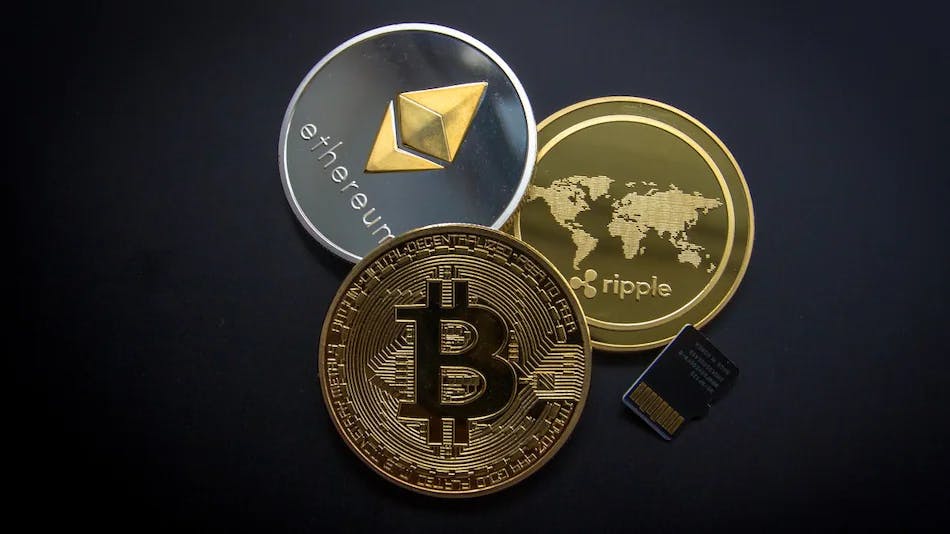I started learning about Blockchain thanks to the buzz created by the likes of Bitcoin and Eth cryptocurrencies. Listened to few podcasts , random technical videos and convinced that this technology has the potential to reorder or change the fundamental interactions of the world that we live in. So decided to go in depth through learning a thorough academical course.
What the hell is a blockchain? Why should you know about it?

By allowing digital information to be distributed but not copied, blockchain technology created the backbone of a new type of internet. Originally devised for the digital currency, Bitcoin blockchain, the tech community has found other potential uses for the technology.
The blockchain by itself has taken a life of its own and permeated a broad range of applications across many industries, including finance, healthcare, government, manufacturing, and distribution.
The blockchain is poised to innovate and transform a wide range of applications:
- Including goods transfer for example: supply chain.
- Digital media transfer, for example: sale of art.
- Remote services delivery, example: travel and tourism.
- Platform for decentralized business logic, for example: moving computing to data sources.
- Distributed intelligence, example: education credentialing.
Story behind Bitcoin emergence :
Around 2008, 2009, when the institutions and markets we trusted went crumbling down, and everybody was running away from the Wall Street, a mysterious person, or persons, called Satoshi Nakamoto, introduced a new digital currency, a cryptocurrency called Bitcoin.
Bitcoin enabled an innovative platform for peer to peer transfer of value without any central authority. With no central authority, how did Bitcoin realize trust and security? By implementing software programs for validation, verification, consensus in a novel infrastructure, Bitcoin has enabled the transfer of value.
Later on in about 2012, 2013, computation elements were added to the blockchain infrastructure that has opened up a whole world of possibilities beyond simple currency transfer. These innovations are significantly shaping the direction of Web 3.0.
What is a blockchain?
A blockchain is, in the simplest of terms, a time-stamped series of immutable records of data that is managed by a cluster of computers not owned by any single entity. Each of these blocks of data (i.e. block) is secured and bound to each other using cryptographic principles (i.e. chain). Blockchain enables peer to peer transactions in a decentralized network establishing trust among unknown peers, while recording the transaction in an immutable distributed ledger. The reason why the blockchain has gained so much admiration is :
It is not owned by a single entity, hence it is — Decentralized
The data is cryptographically stored inside and immutable, so no one can tamper with the data that is inside the blockchain — Immutable
The blockchain is transparent so one can track the data if they want to — Transparent

